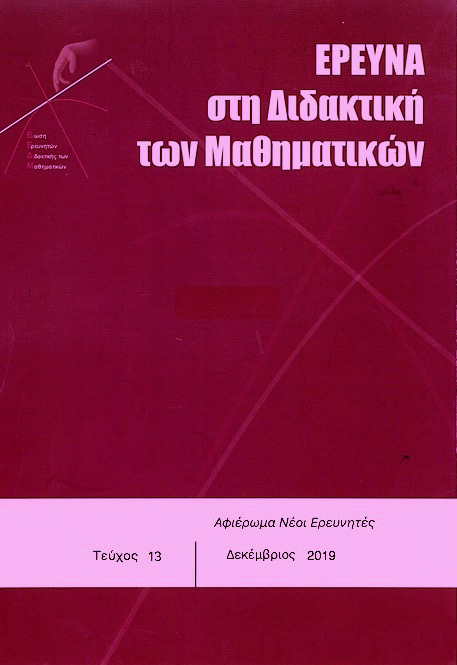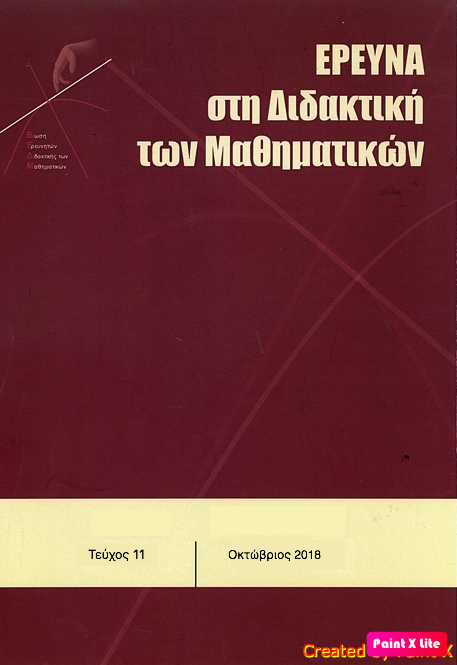STRATEGIES OF MENTAL CALCULATION FOR ADDITION AND SUBTRACTION

Abstract
The current study investigates students’ mental calculation strategies for addition and subtraction with integers. Specifically, it focuses on the strategies the students use to approach the tasks, their number-transformation strategies and their flexibility with these strategies. Twenty seven 8th and 9th graders were asked to solve mentally and explain their thought process for twelve tasks, such as -86+42. As it was expected, the majority of students initially transformed the calculation involving negative numbers into an equivalent calculation with natural numbers, and then they applied number-transformation mental strategies that were already available for natural numbers. In addition, interestingly enough, four students didn’t transform the problem of integers into a problem with natural numbers. Five new strategies for mental addition between integers with different sign came up from their responses.
Article Details
- How to Cite
-
Λεμονή (Ioanna Lemoni) Ι., & Χρήστου (Konstantinos Christou) Κ. (2019). STRATEGIES OF MENTAL CALCULATION FOR ADDITION AND SUBTRACTION. Research in Mathematics Education, (13), 25–45. https://doi.org/10.12681/enedim.21965
- Section
- Young Researchers

This work is licensed under a Creative Commons Attribution 4.0 International License.
Authors who publish with this journal agree to the following terms:
Authors retain copyright and grant the journal right of first publication with the work simultaneously licensed under a Creative Commons Attribution licence that allows others to share the work with an acknowledgement of the work's authorship and initial publication in this journal.
Authors are able to enter into separate, additional contractual arrangements for the non-exclusive distribution of the journal's published version of the work (e.g. post it to an institutional repository or publish it in a book), with an acknowledgement of its initial publication in this journal.
Authors are permitted and encouraged to post their work online (preferably in institutional repositories or on their website) prior to and during the submission process, as it can lead to productive exchanges, as well as earlier and greater citation of published work (See The Effect of Open Access).



